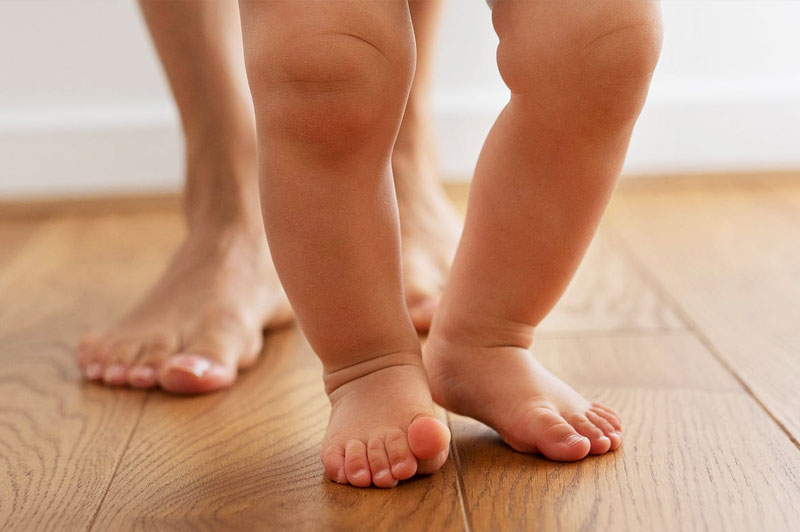
Best Doctor For Congenital Limb Deformity in Udaipur

What is Limb Deformity
A Limb Deformity is arm or leg that is shaped abnormally.Limb Deformity can occur at birth or can be caused later in by an injury,tumor ,medical condition or infection.If the deformity is severe, the patient can experience pain, flat feet, clumsiness, or problems walking. Limb differences, or limb length discrepancies, are an example of a congenital Limb deformity.Dr.Yogendra Singh Shekhawat is the Best Doctor For Congenital Limb Deformity in udaipur
We Treat many types of Limb Deformity
When the knees stay apart or curve outwards when standing with the Feet and Ankles together.Common symptoms of blowleg deformity include Falling,Limping,Tripping,Pain and concerns about the appearance of the legs.Get Treated by the Best Doctor For Congenital Limb Deformity in Udaipur
These deformities can cause pain, difficulty walking or using the limbs, and may impact overall posture and balance. Treatment depends on the severity and cause and may include physical therapy, braces, or surgical correction to restore alignment, improve mobility, and enhance quality of life.
Causes For Limb Deformity
Limb Deformity Can result from a variety of causes, both congenital and acquired.Congenital deformities are present at birth and may stem from genetic disorders, abnormal fetal development, or conditions like clubfoot, fibular hemimelia, or limb length discrepancies.Acquired deformities develop later in life due to factors such as trauma or fractures that heal improperly, infections affecting Bone Growth (like osteomyelitis), or nutritional deficiencies such as rickets.Growth plate injuries in children, tumors, and neuromuscular disorders like Cerebral Palsy can also lead to deformities.Early Diagnosis is essential to prevent worsening and to determine the most effective treatment approach.
What is Rotational Deformity
Rotational deformities (also known as rotational abnormality) occur when a leg bone or bones are turned or twisted inward or outward. For example, being pigeon-toed is an example of a rotational abnormality, as the position of the bones in the leg causes the foot or feet to be turned inwards (in-toeing). Other common rotational deformities include tibial torsion, femoral torsion, or miserable malalignment. Common symptoms of rotational abnormalities include pain in the hip, knee, or ankle, kneecap subluxation or dislocation, difficulty sitting in certain positions or crossing legs when sitting down, and difficulties participating in sports such as running, cycling, or skinng.
Conditions We Treat
- Congenital limb shortening (e.g., fibular hemimelia)
- Post-traumatic limb length discrepancy
- Growth plate injury-related shortening
- Bone loss due to infection or tumor
- Dwarfism (selective cases)
How the Procedure Works
The most common method is distraction osteogenesis, which involves:
- Surgical Cutting of the Bone (Osteotomy): A clean cut is made through the bone to separate it.
- External or Internal Fixation: External fixators (Ilizarov or Taylor frame), Internal devices (e.g., PRECICE nail)
- Gradual Lengthening: The bone is slowly pulled apart (~1 mm/day) using the device, New bone fills in the gap naturally.
- Consolidation Phase: The new bone hardens and stabilizes over time.
Recovery Timeline
- Lengthening phase: Several weeks to months (depending on how much length is needed)
- Consolidation phase: Equal to or longer than lengthening phase
- Physiotherapy is crucial throughout
Benefits
- Restores equal limb length
- Improves walking and posture
- Boosts functional ability and confidence
Risks & Considerations:
- Pin site infections (if external fixator is used)
- Joint stiffness or contracture
- Nerve or muscle tightness
- Requires high patient commitment and regular follow-ups